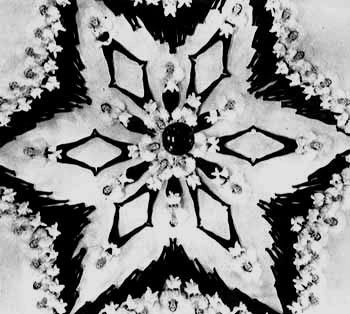

As Wikipedia Says -
Berkeley was famous for his elaborate musical production numbers that often involved complex geometric patterns. Berkeley's quintessential works used legions of showgirls and props as fantastic elements in kaleidoscopic on-screen performances. He started as a theatrical director, just as many other movie directors. Unlike many at the time, he felt that a camera should be allowed mobility, and he framed shots carefully from unusual angles to allow movie audiences to see things from perspectives that the theatrical stage never could provide. This is why he played an enormous role in establishing the movie musical as a category in its own right.
His carefully choreographed dance sequences, expensive sets and immaculate geometric formations took the world by a storm. The New York Times rightly carried a tribute to his cinematic vision by calling him "The Dance Master with Kaleidoscopic Eyes".
Berkeley’s scope is still astounding. He wasn’t the first to shoot his numbers from above, but his agile camera changed the way dance and musicals were filmed. In his work the power is not rooted in the individual dancer, but in the majestic force of the group. Somehow the notion of rhythmic precision is also poignant; for all their symmetry and rigorous construction, Berkeley’s dances are not merely inanimate designs or cinematic artifacts frozen in the past. After all these years they remain alive, paired with an invisible partner: Berkeley himself. In his glorious array of pas de deux, it is the camera — with an almost cheeky elegance — that dances with the group.
Click Here for the complete story on The New York Times

No comments:
Post a Comment